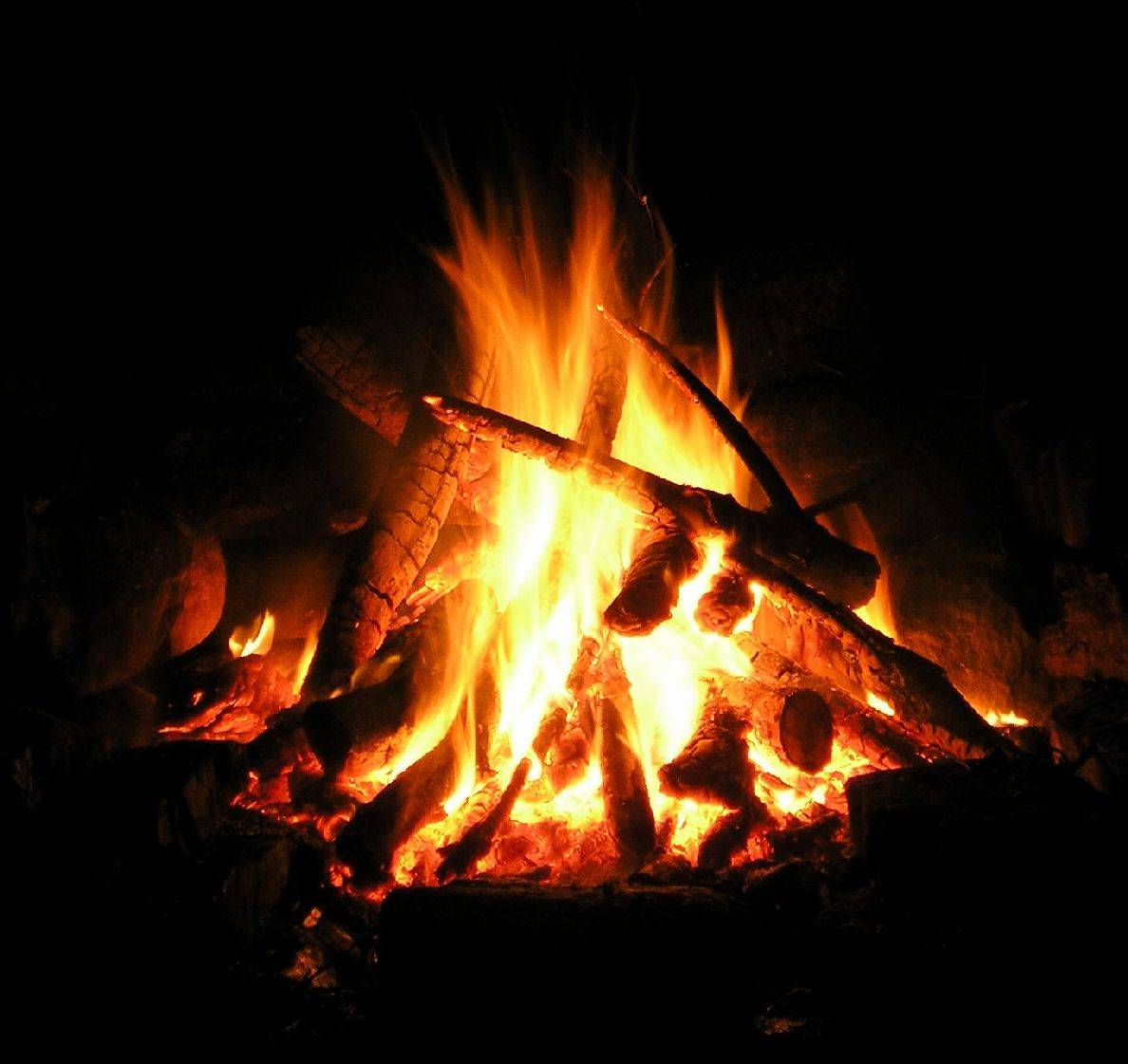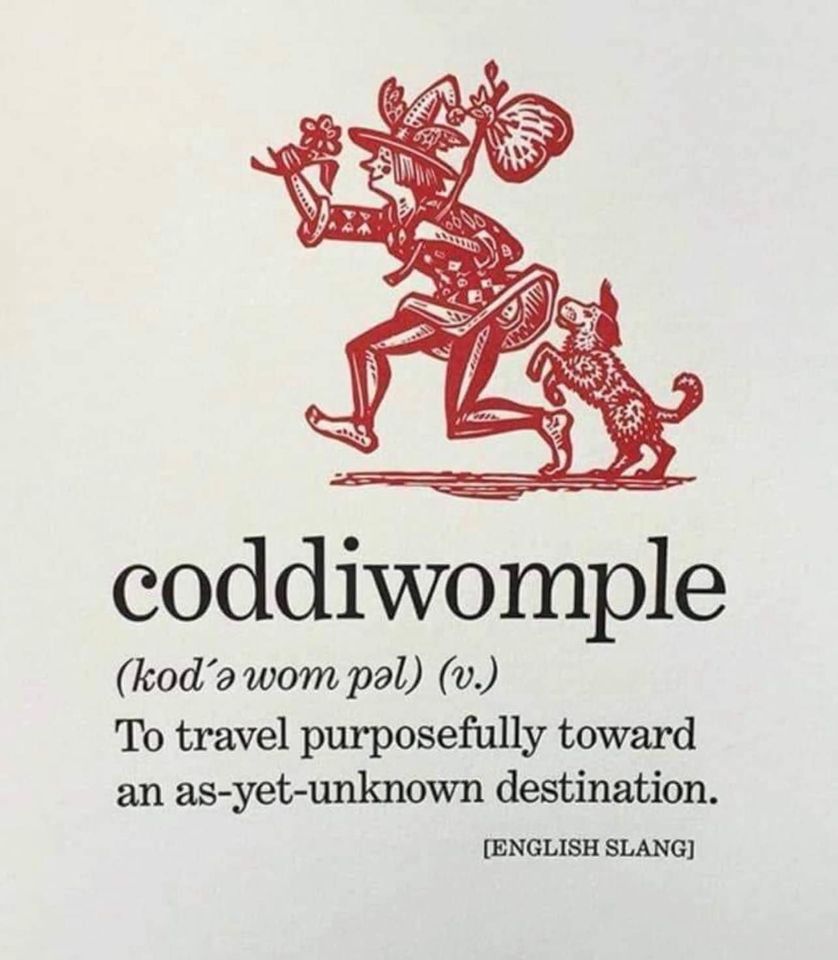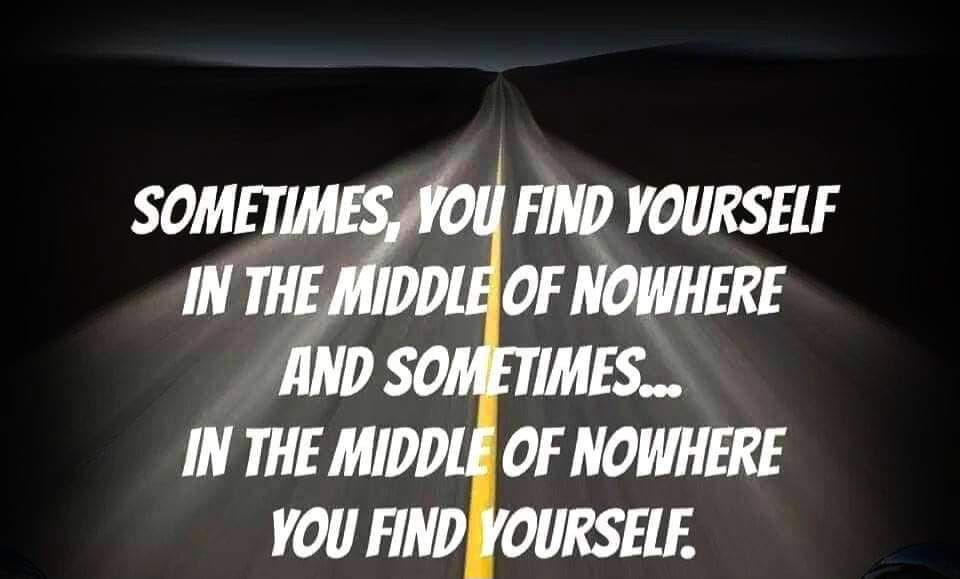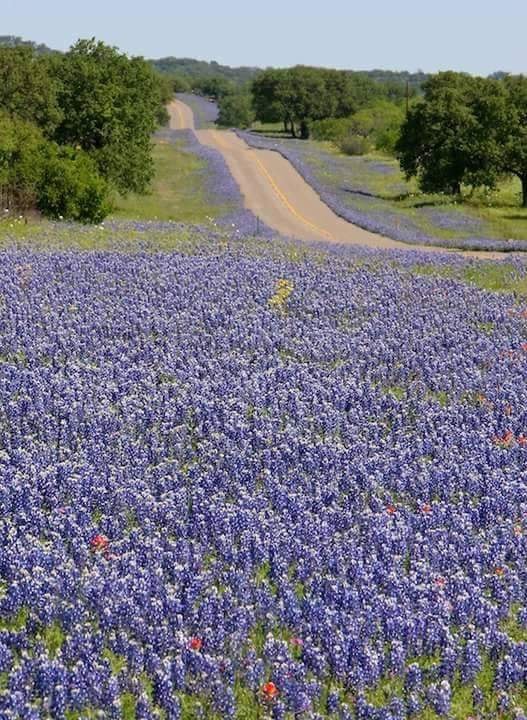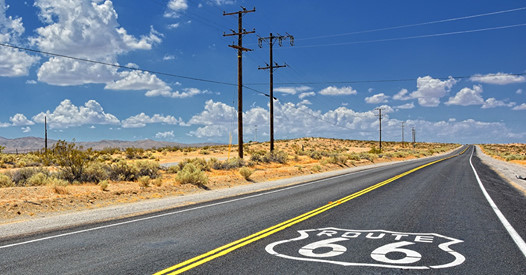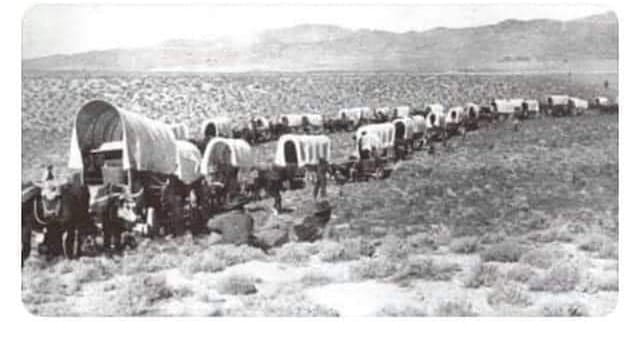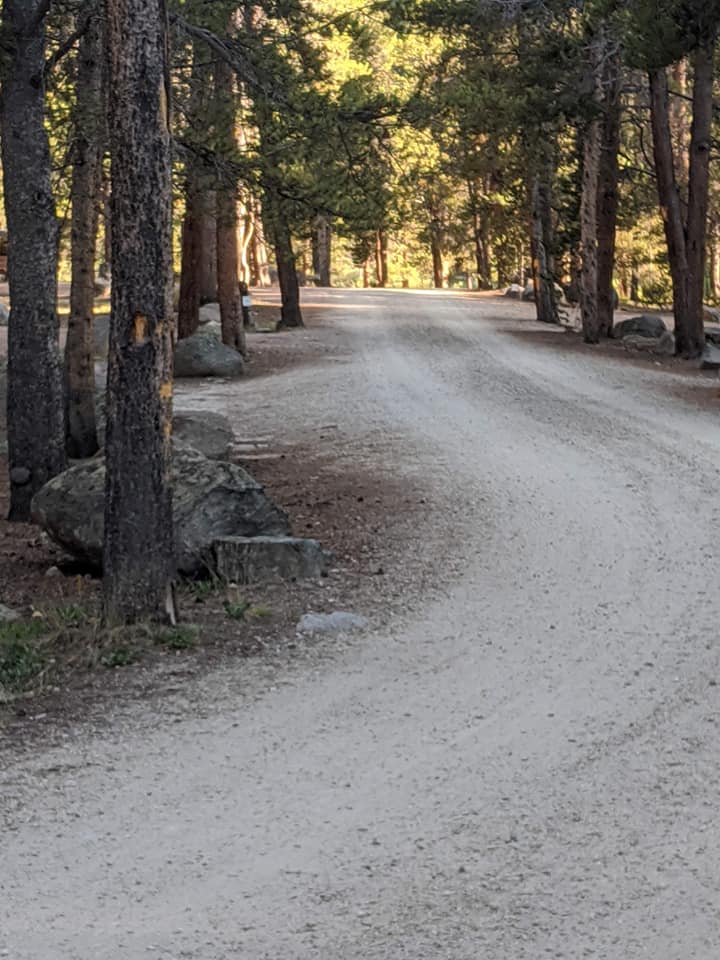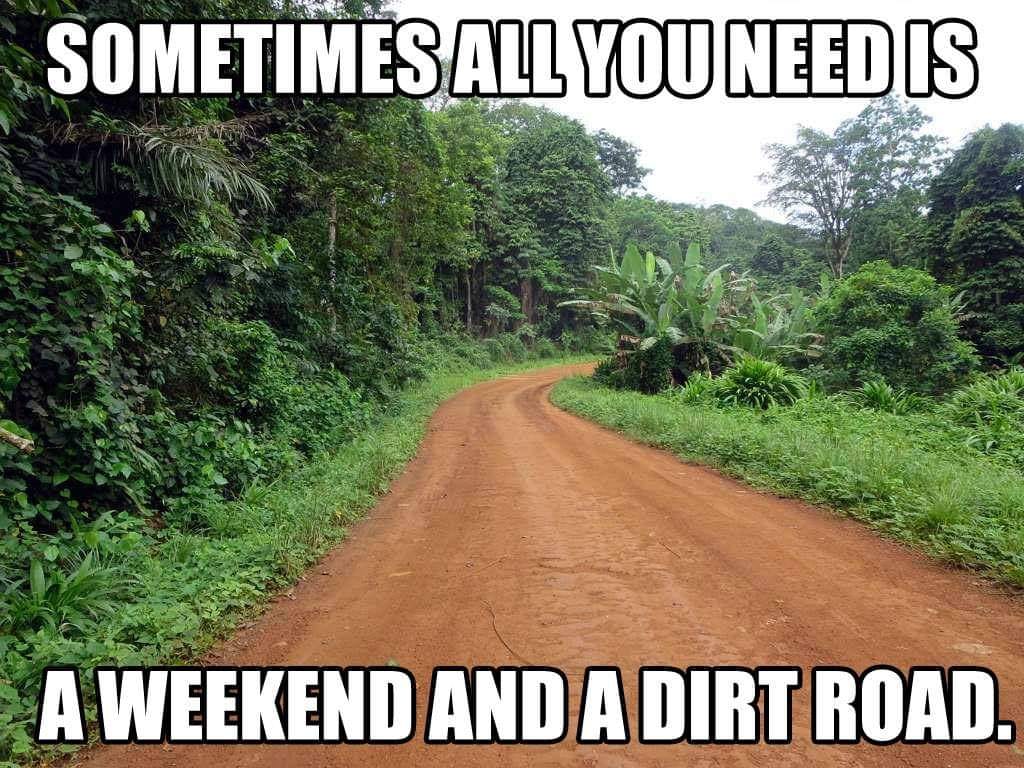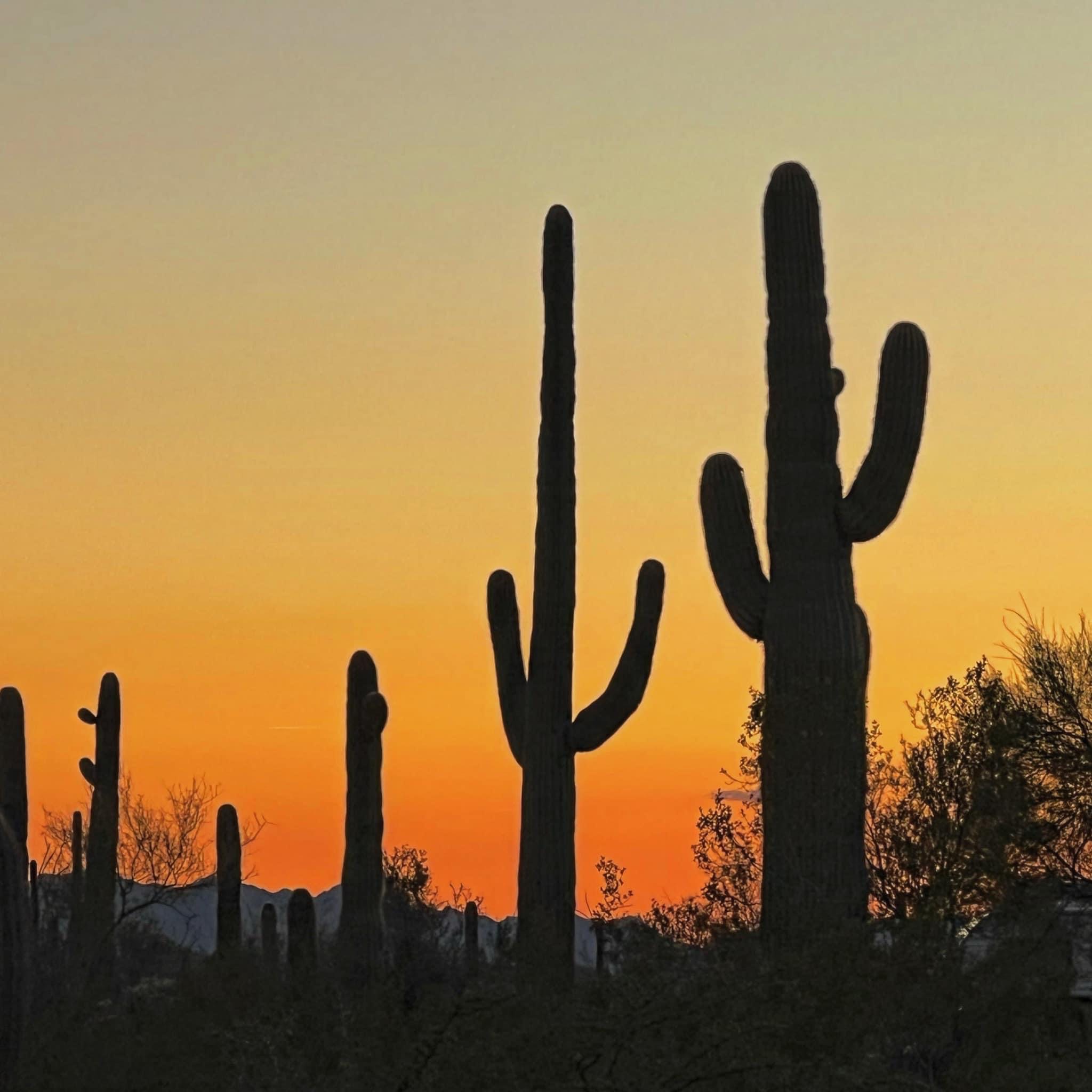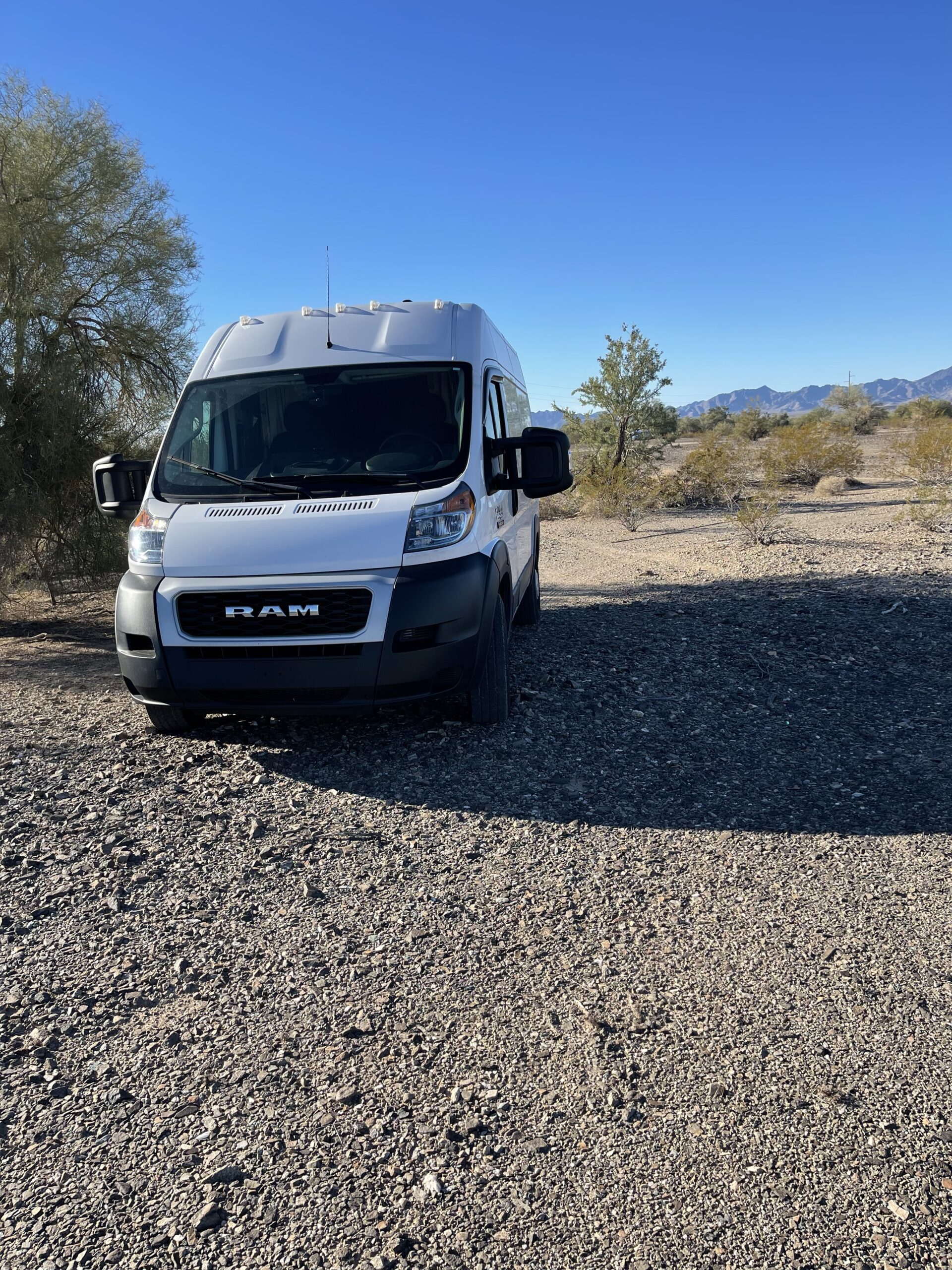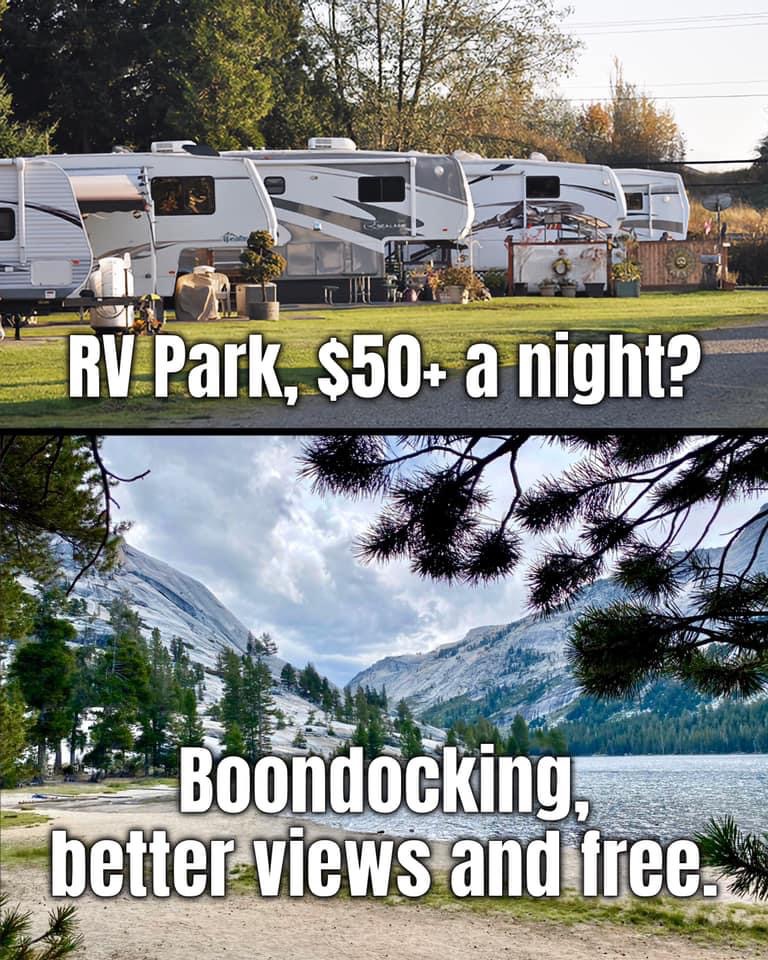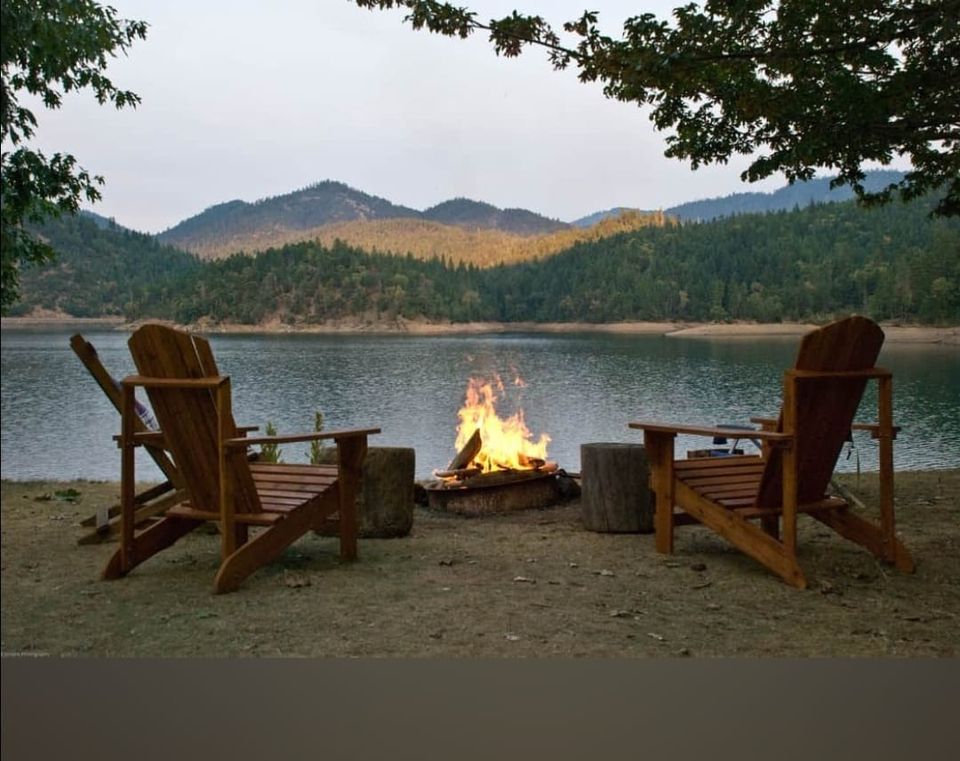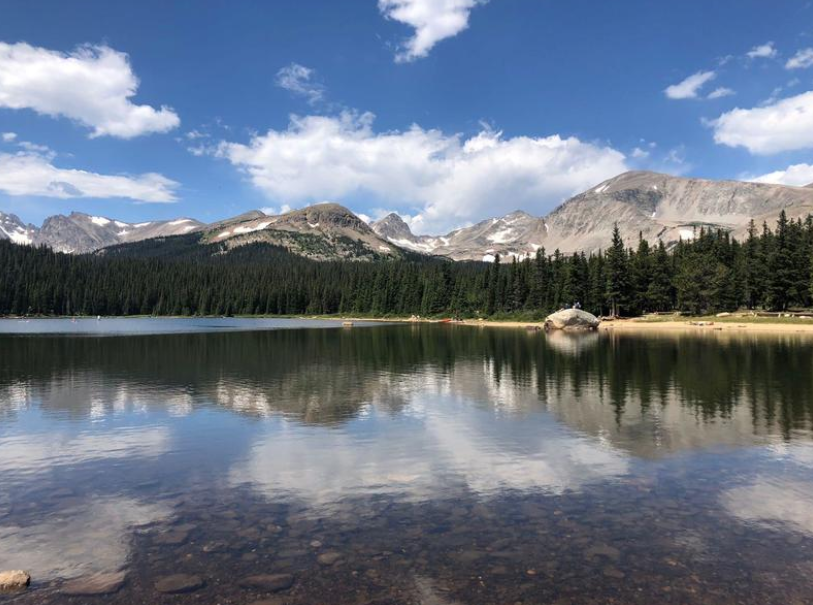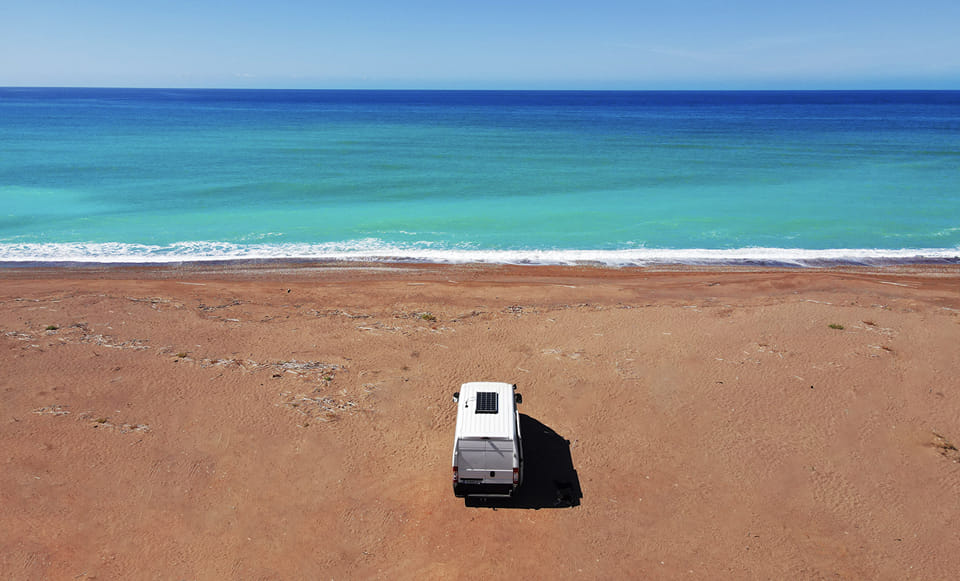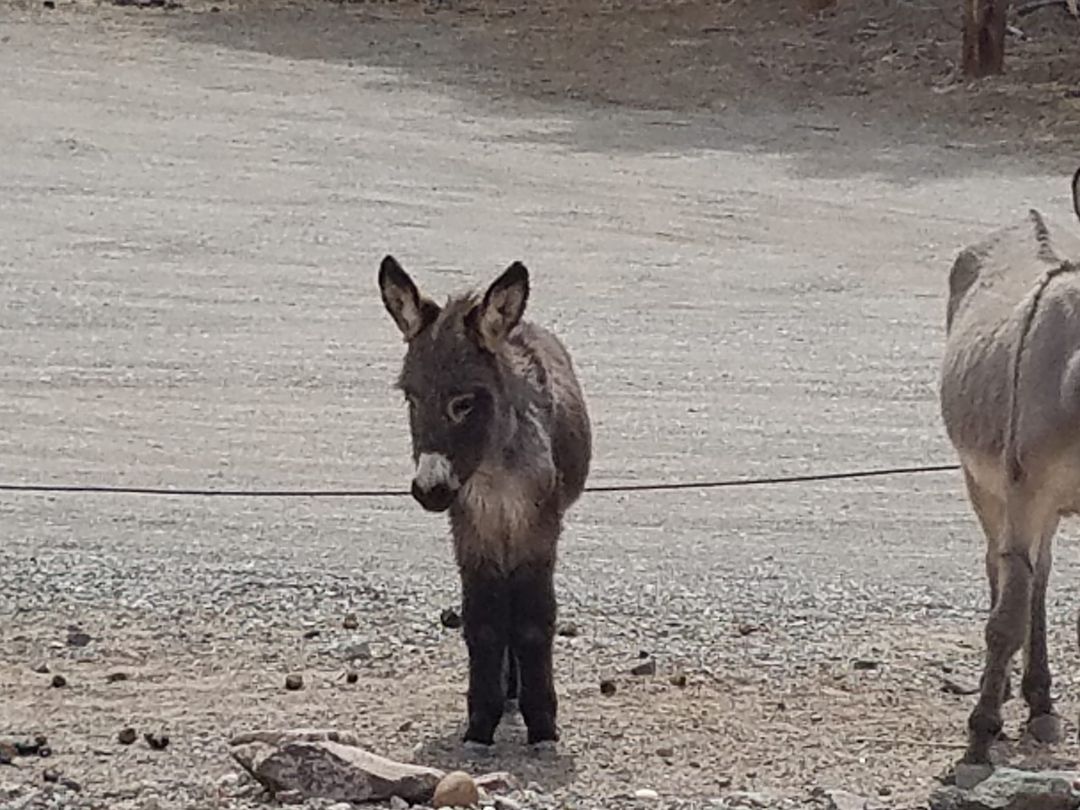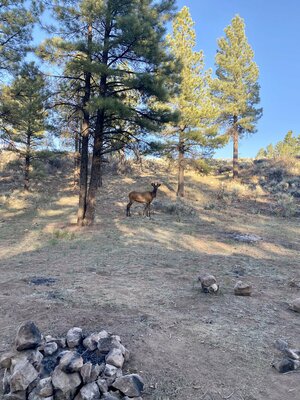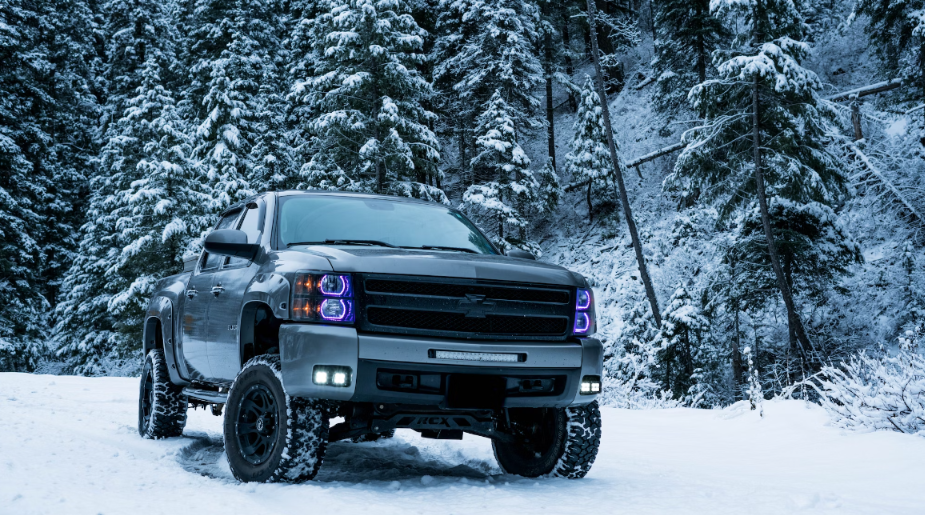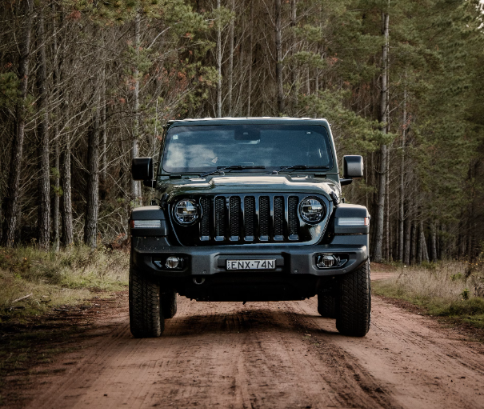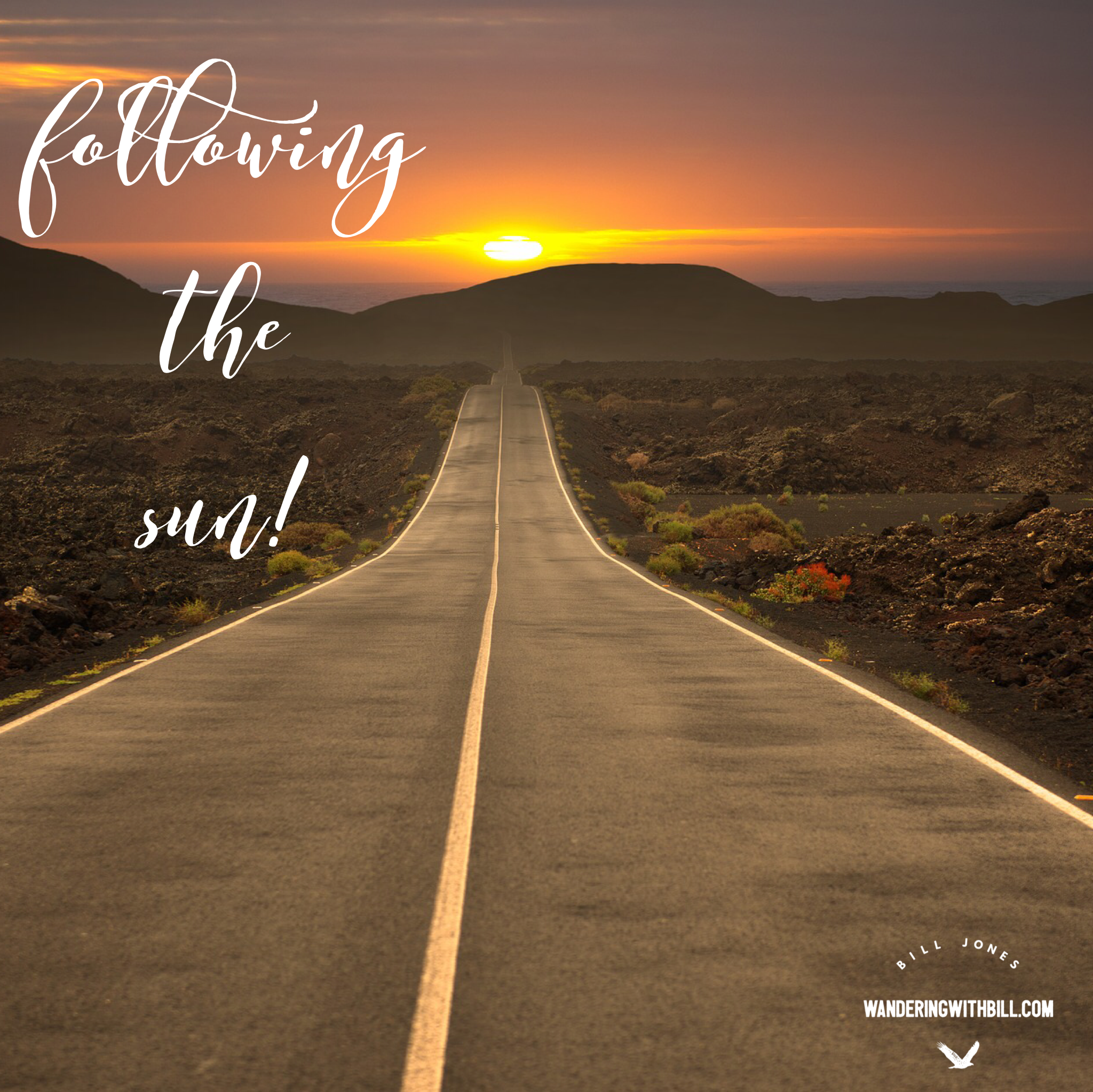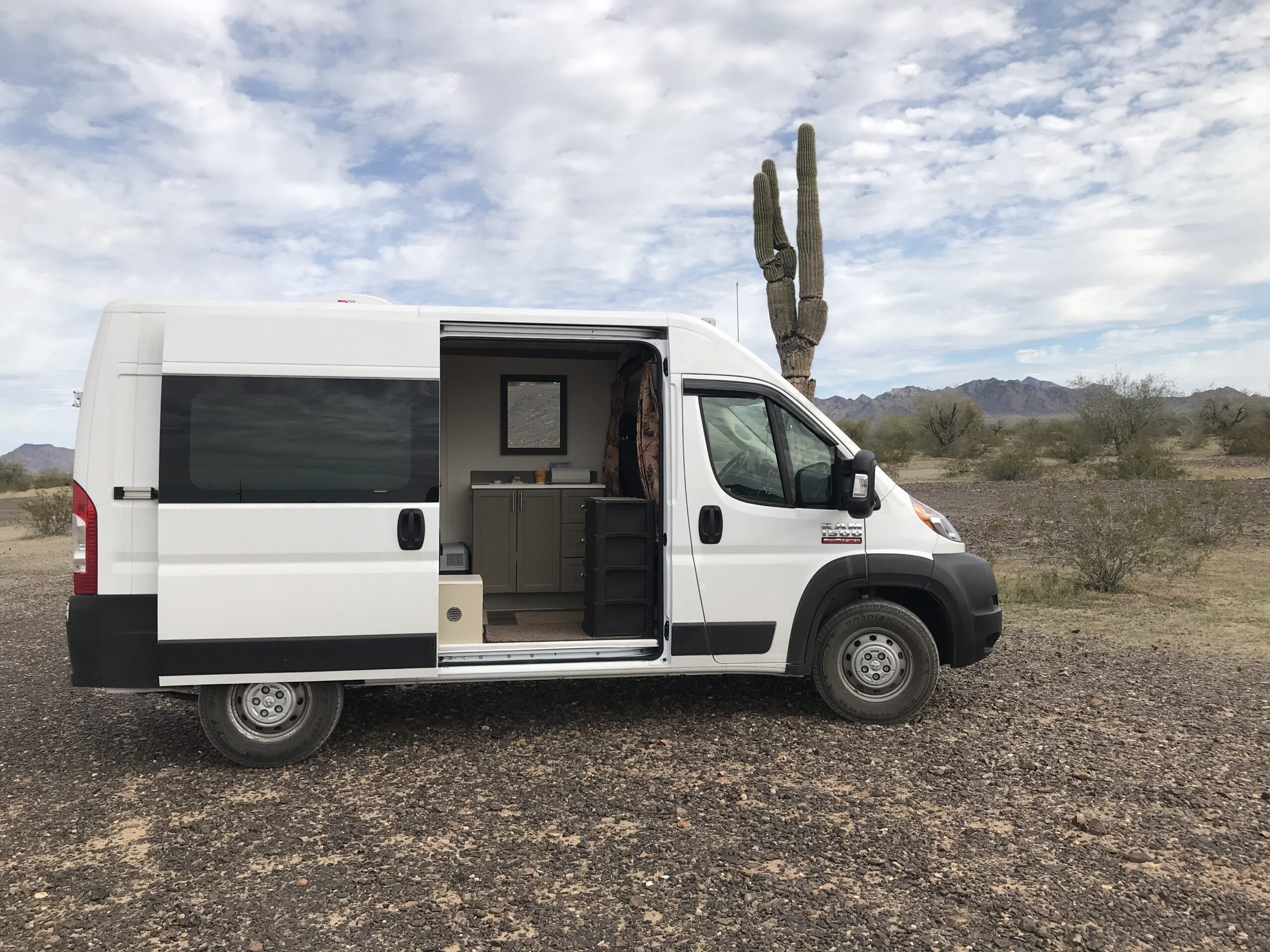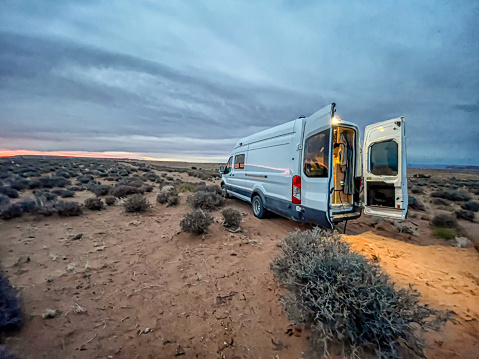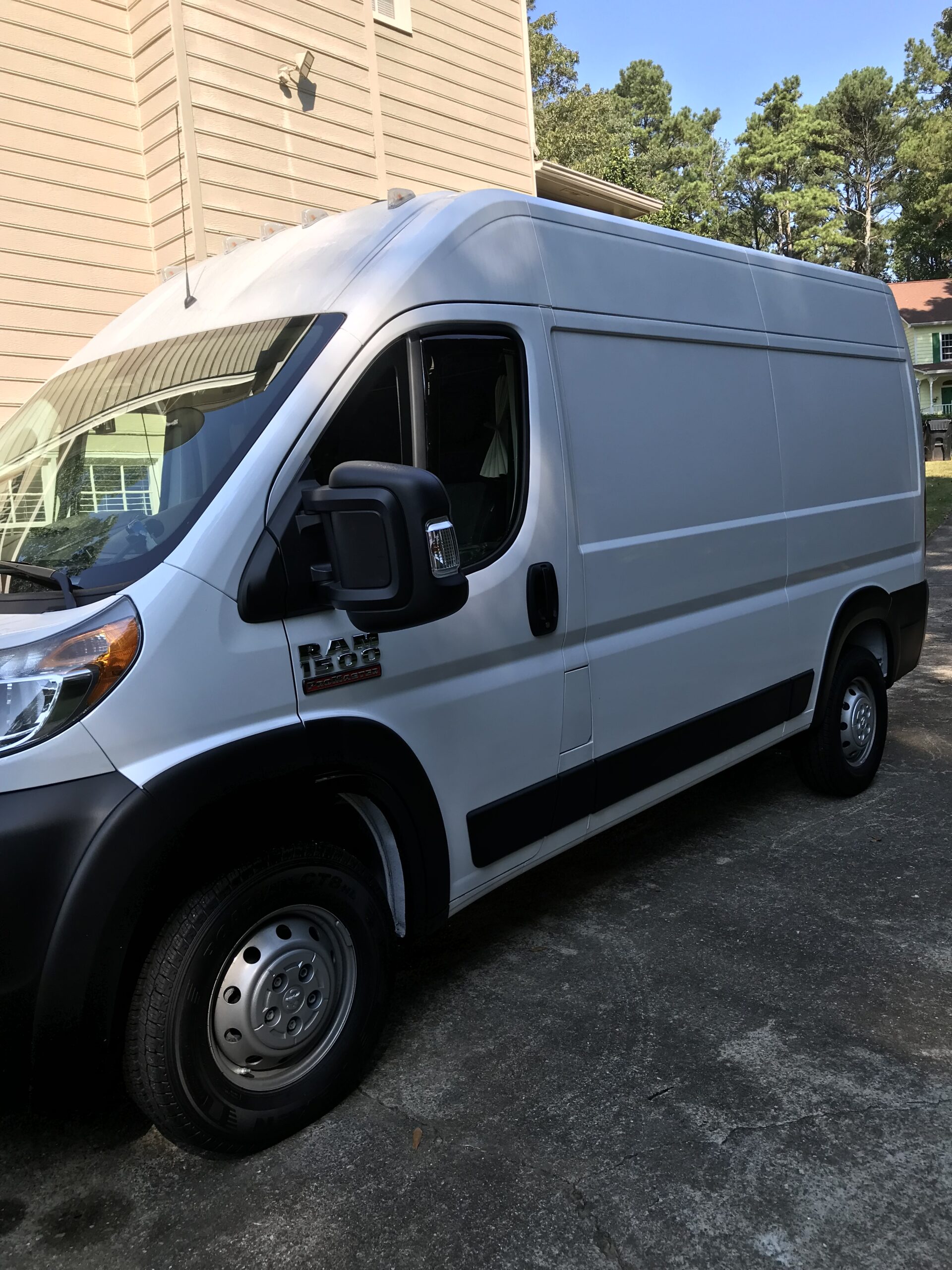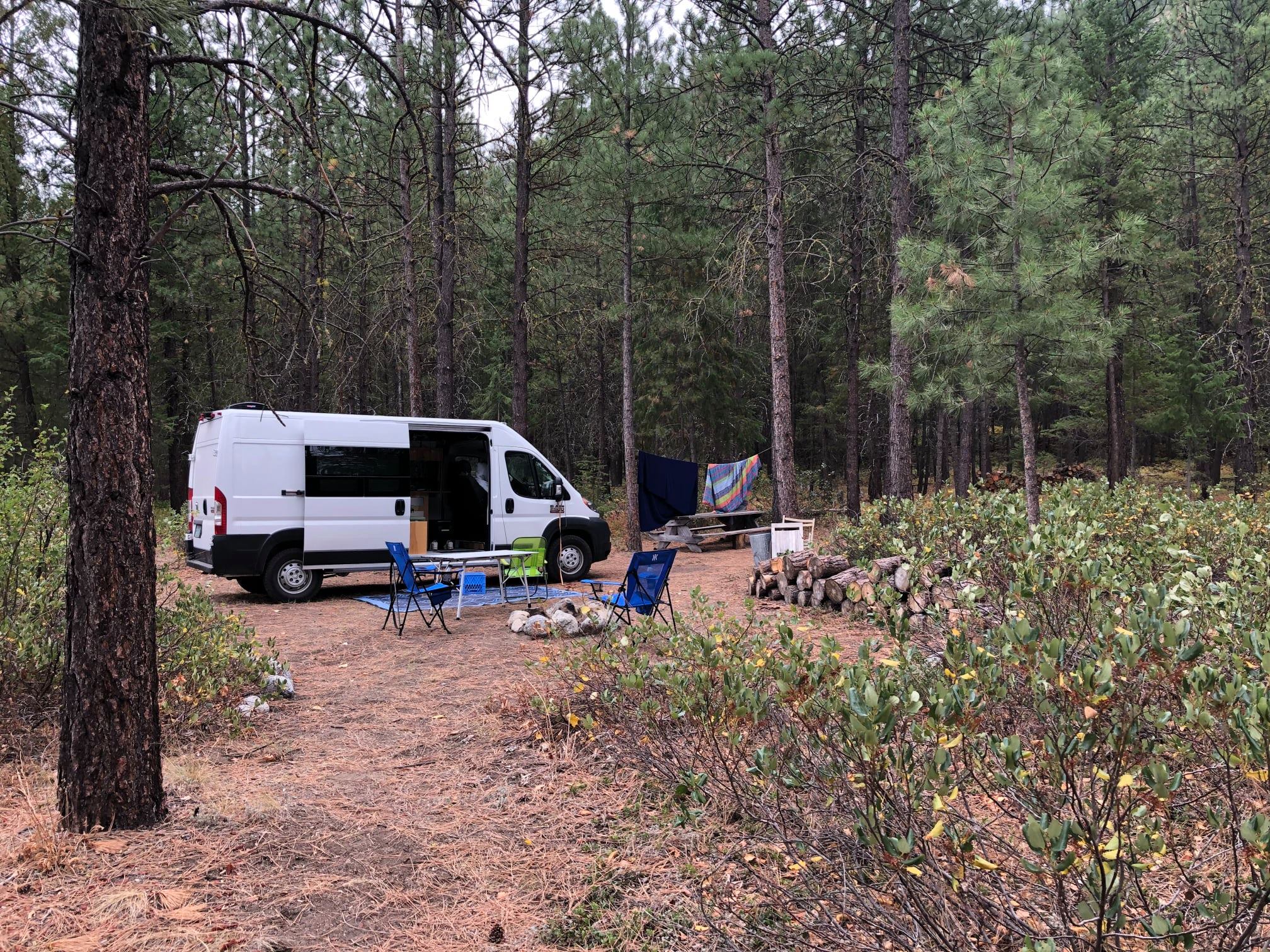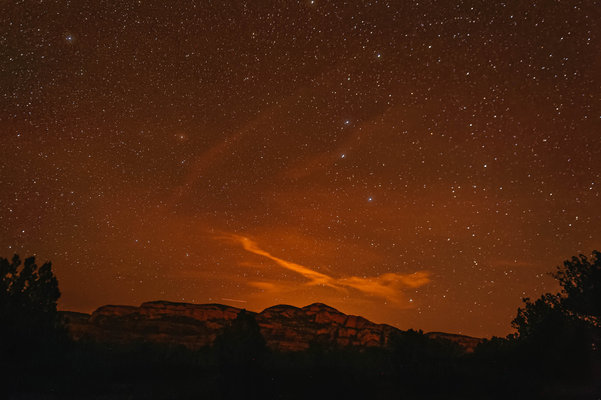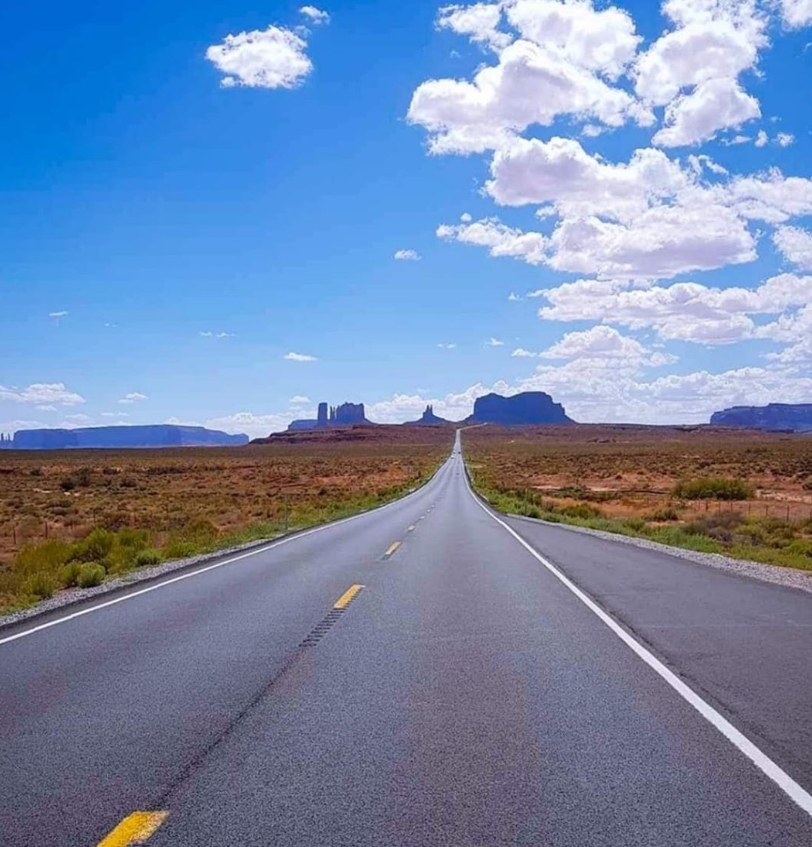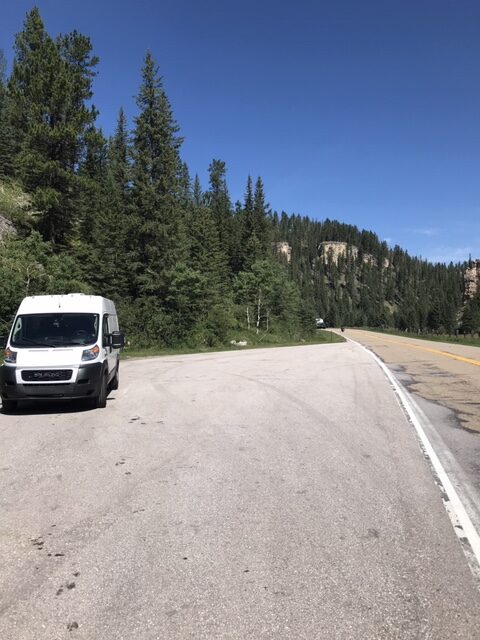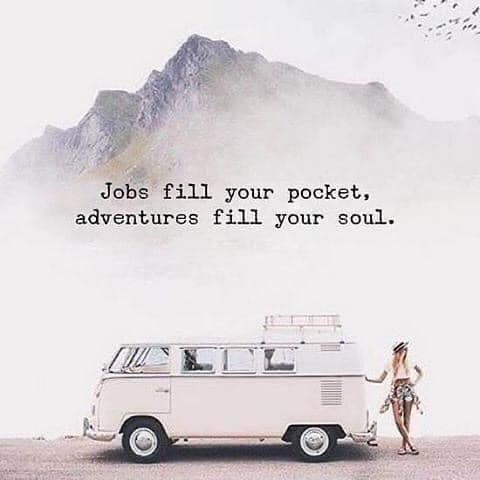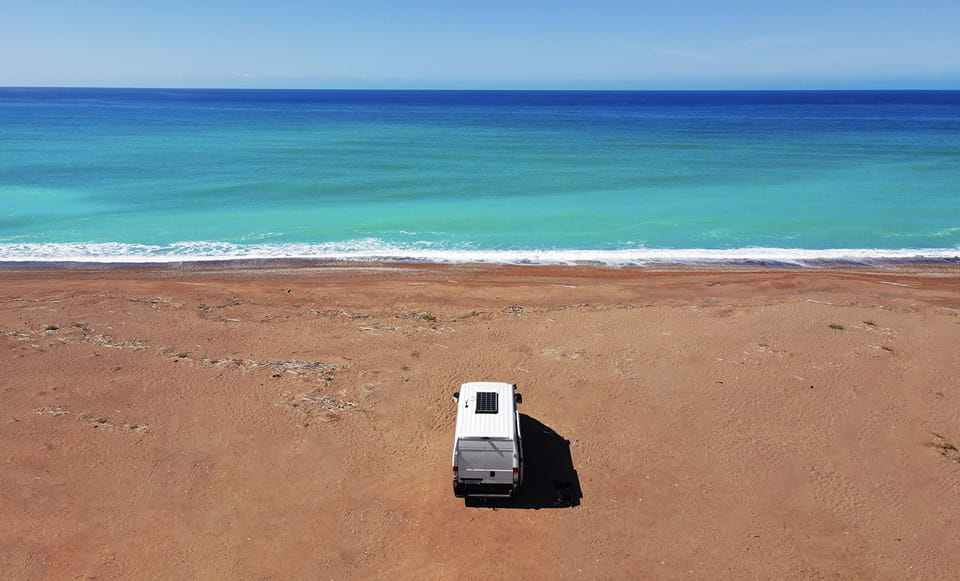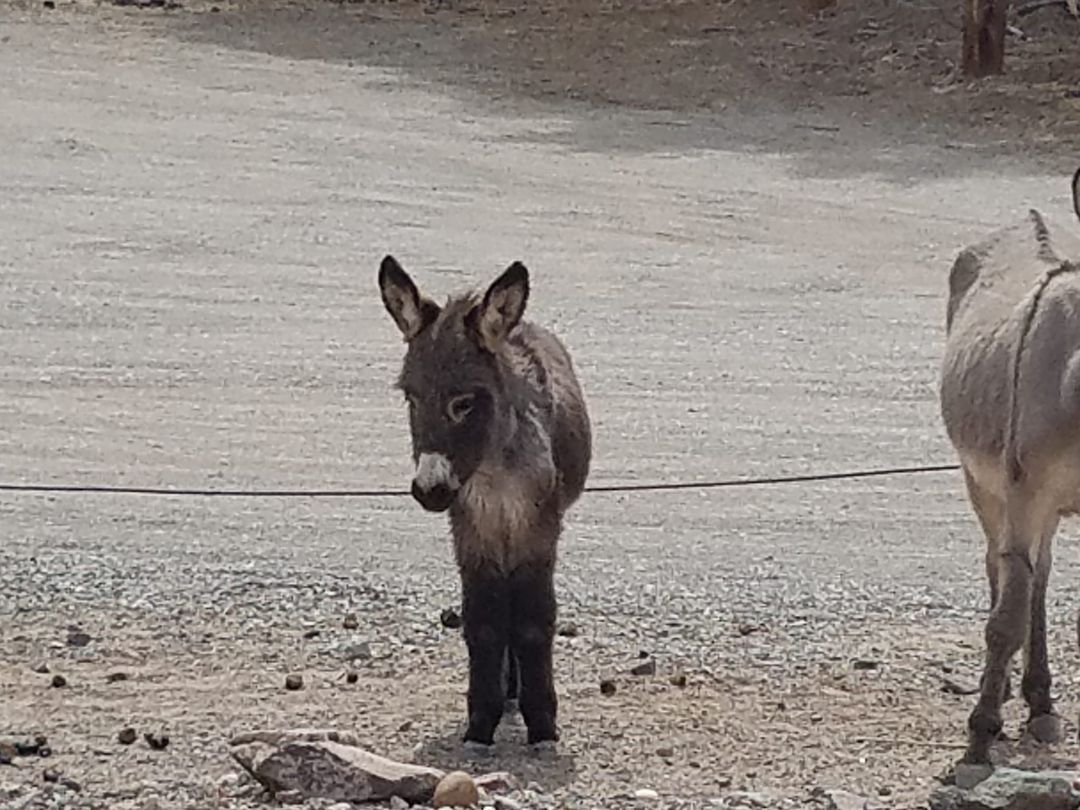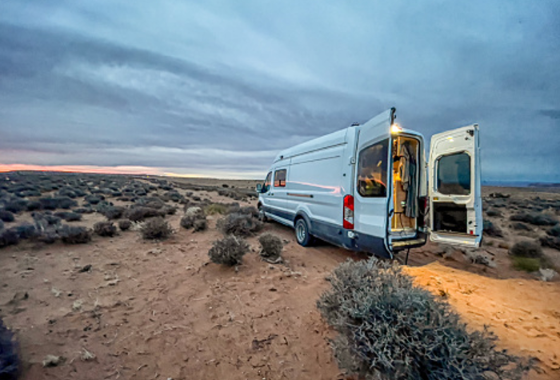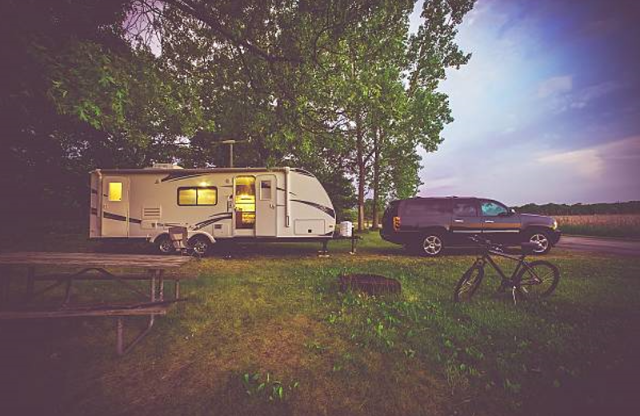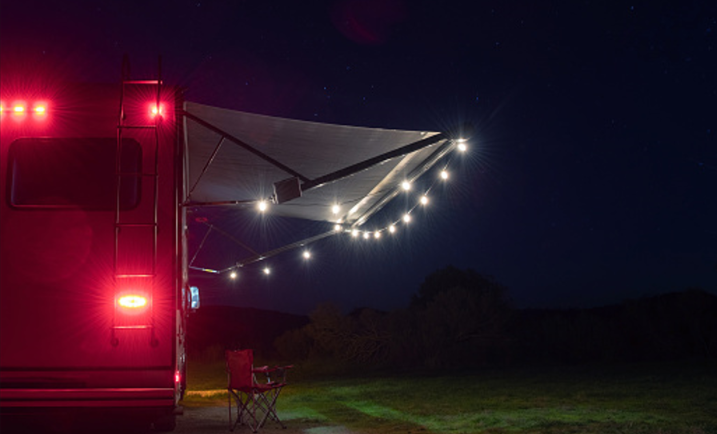Boondocking, also known as dry camping, is a type of camping where you park your recreational vehicle (RV) or tent in a remote location without the benefit of hookups for electricity, water, or sewage. Boondocking on free land refers to camping on public lands, such as Bureau of Land Management (BLM) land and national forests or wilderness areas, without paying a fee. It’s important to note that boondocking on free land is subject to certain regulations, such as length of stay limits and fire restrictions. Before boondocking, it’s recommended to research the specific location to ensure you are aware of the rules and regulations.
Boondocking on BLM Land in the Arizona Desert…
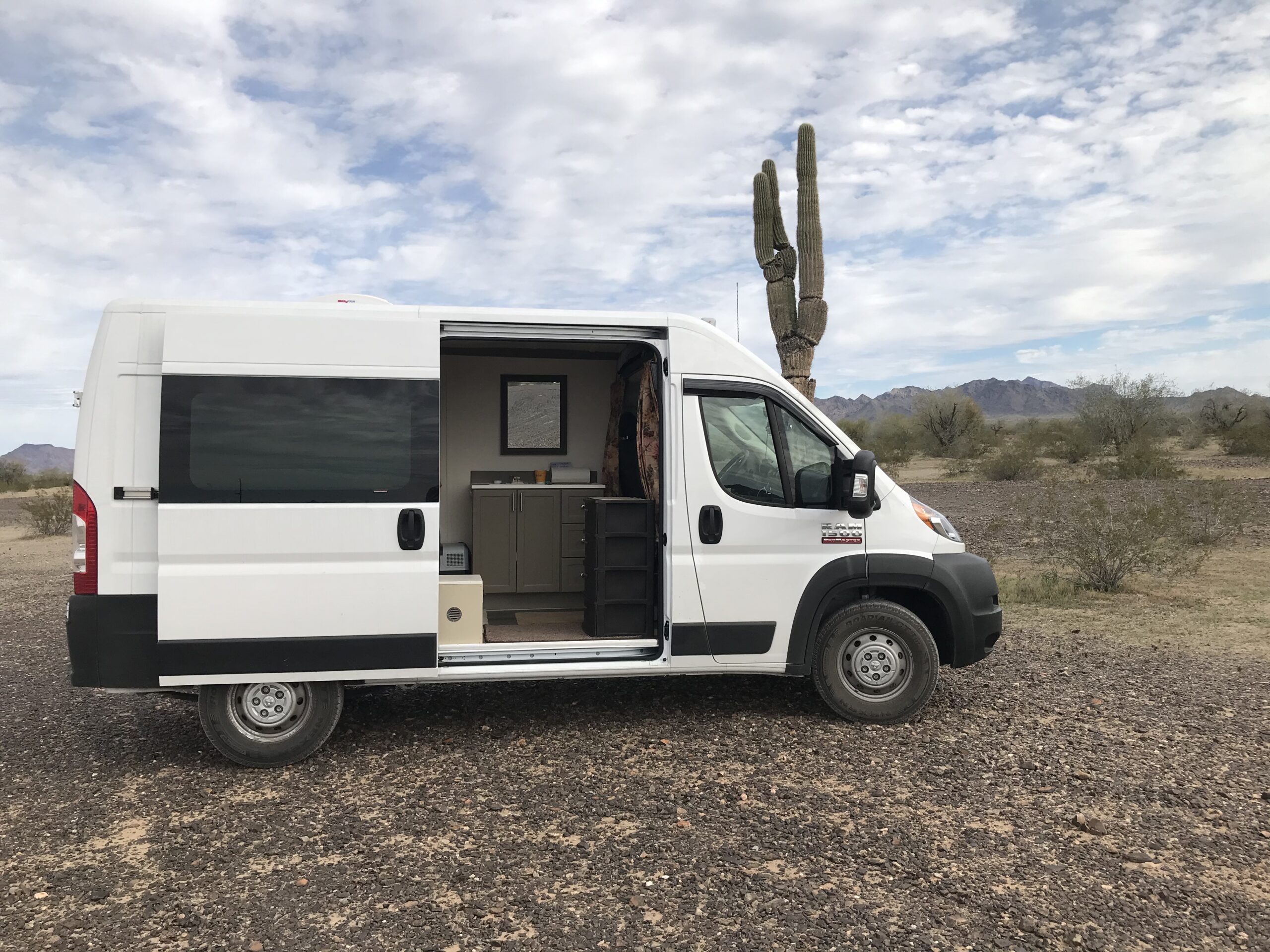 In the years that I have been boondocking across this great nation, the deserts of Arizona, New Mexico and Utah are my favorite destinations.
In the years that I have been boondocking across this great nation, the deserts of Arizona, New Mexico and Utah are my favorite destinations.
There are literally millions of acres of BLM Land in the western states. During the summer months, the national forests become my preferred go to boondocking destinations.
Typical BLM Land Desert Road…
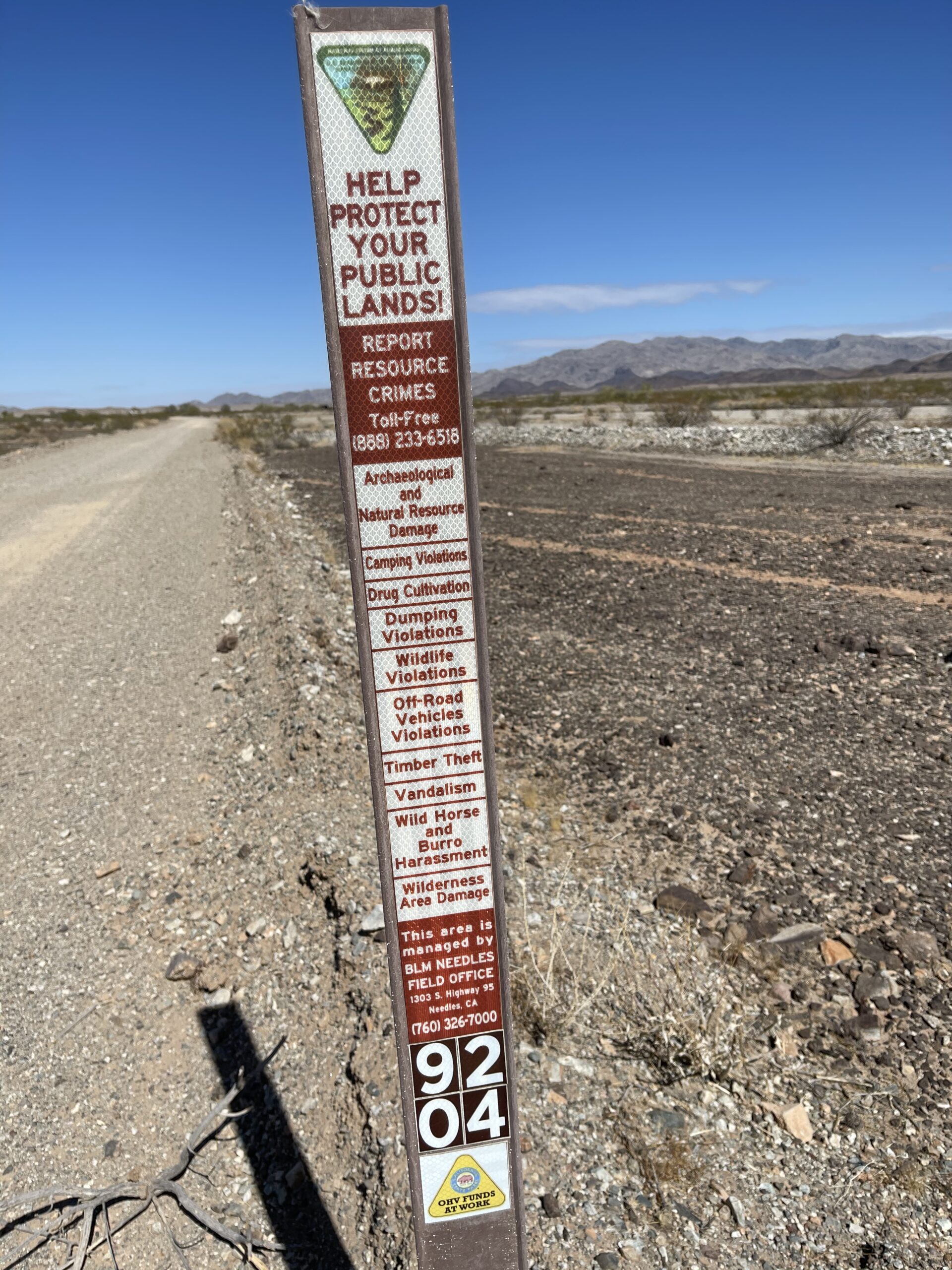
Camping in the desert can be a truly unique and exhilarating experience. The barren landscapes and endless miles of nothingness is like a magnet drawing us into that magical place. The clear night skies exposing millions of visible stars is a huge plus as light pollution is practically non-existent. Not to mention that the wide-open spaces can provide a welcome escape from the noise and distractions of everyday life.
No light pollution here …
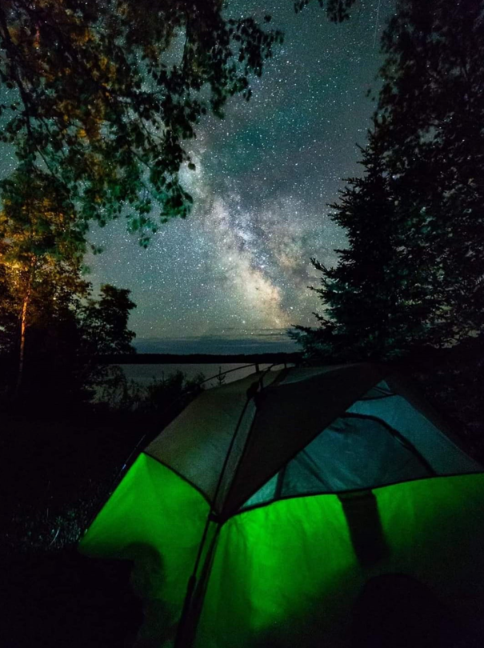
However, camping off-grid in the desert can also be a bit more challenging than camping in a developed campground. With no electricity, water, or sewage hookups, it’s important to be prepared and understand the rules and regulations of the area you’re visiting.
A Beautiful Arizona Sunset…
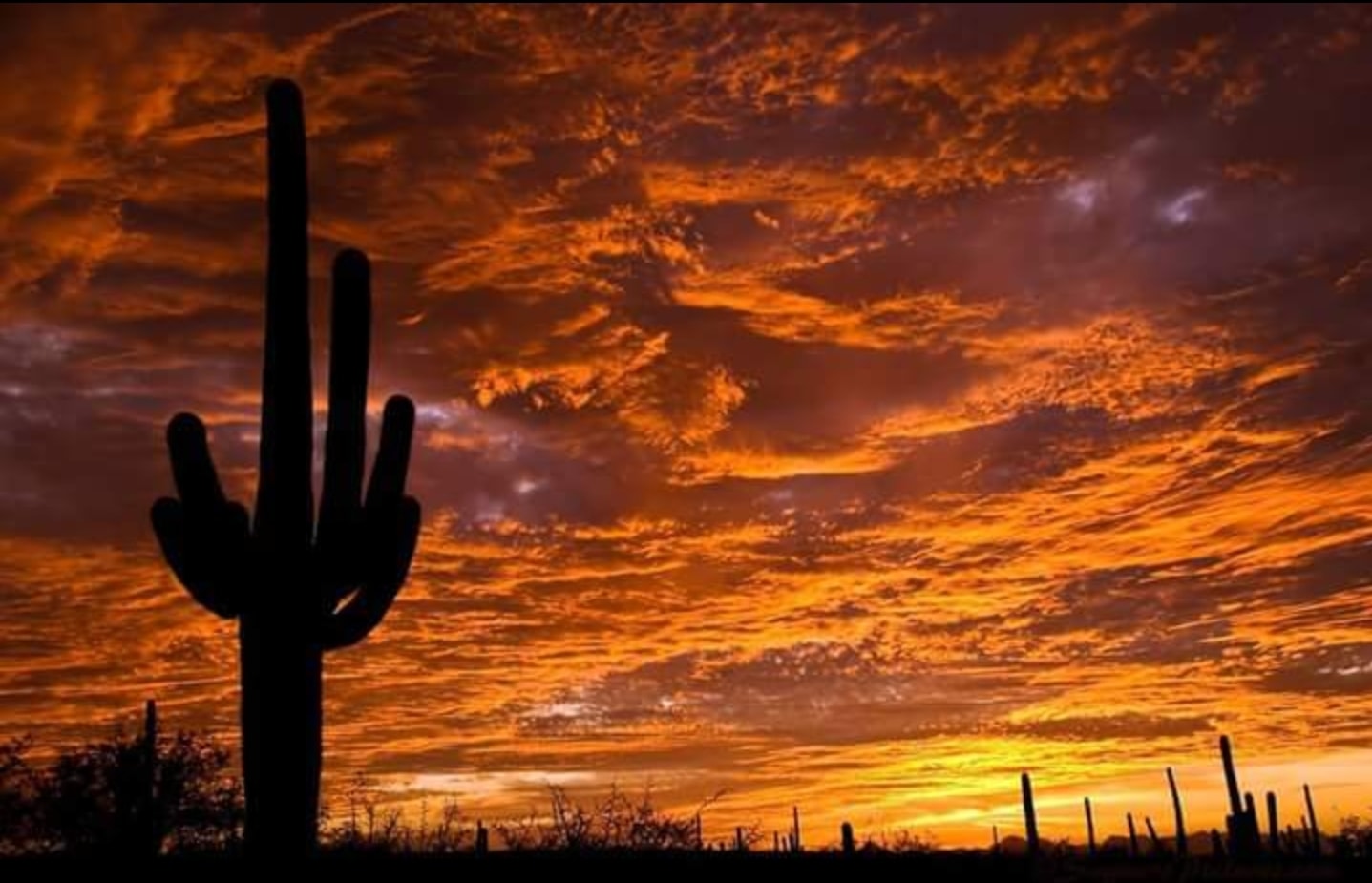
The following are some tips to help you plan your off-grid desert camping adventure.
Research the area:
Before heading out, research the area you plan to visit to make sure it’s suitable for off-grid camping and to familiarize yourself with any rules and regulations. It’s also important to know about any potential hazards such as flash floods, desert wildlife and extreme temperatures.
Plan your water and food supplies:
Without access to running water, it’s essential to bring enough drinking water and to plan your food accordingly. A good rule of thumb is to bring one gallon of water per person per day. Non-perishable food items that don’t require refrigeration are also a good option for camping off-grid.
Pack the right gear:
Make sure to pack gear that’s appropriate for the conditions. This may include a sturdy tent, sleeping bag, air mattress, portable stove, portable solar panels, and a backup battery for your electronics. A headlamp or flashlight with extra batteries is also a must, as well as a first-aid kit, insect repellent and sunblock.
Practice leave No Trace principles:
When camping off-grid in the desert, it’s important to follow Leave No Trace principles to minimize your impact on the environment. This means packing out all trash, burying human waste and avoiding disturbing vegetation. As the saying goes, “take only photos and leave nothing but footprints.”
Know your vehicle:
If you plan on using an RV or camper, make sure you have a vehicle that’s capable of handling the rough terrain and any potential weather conditions. Check your tires, brakes and fluid levels before heading out and make sure you have a backup plan in case of a breakdown.
Camping off-grid in the desert can be a truly rewarding experience. With a little preparation and the right gear, you can enjoy the peace and solitude of the great outdoors while leaving no trace on the environment.
Boondocking in The Desert Gives You Access to Great Hiking…
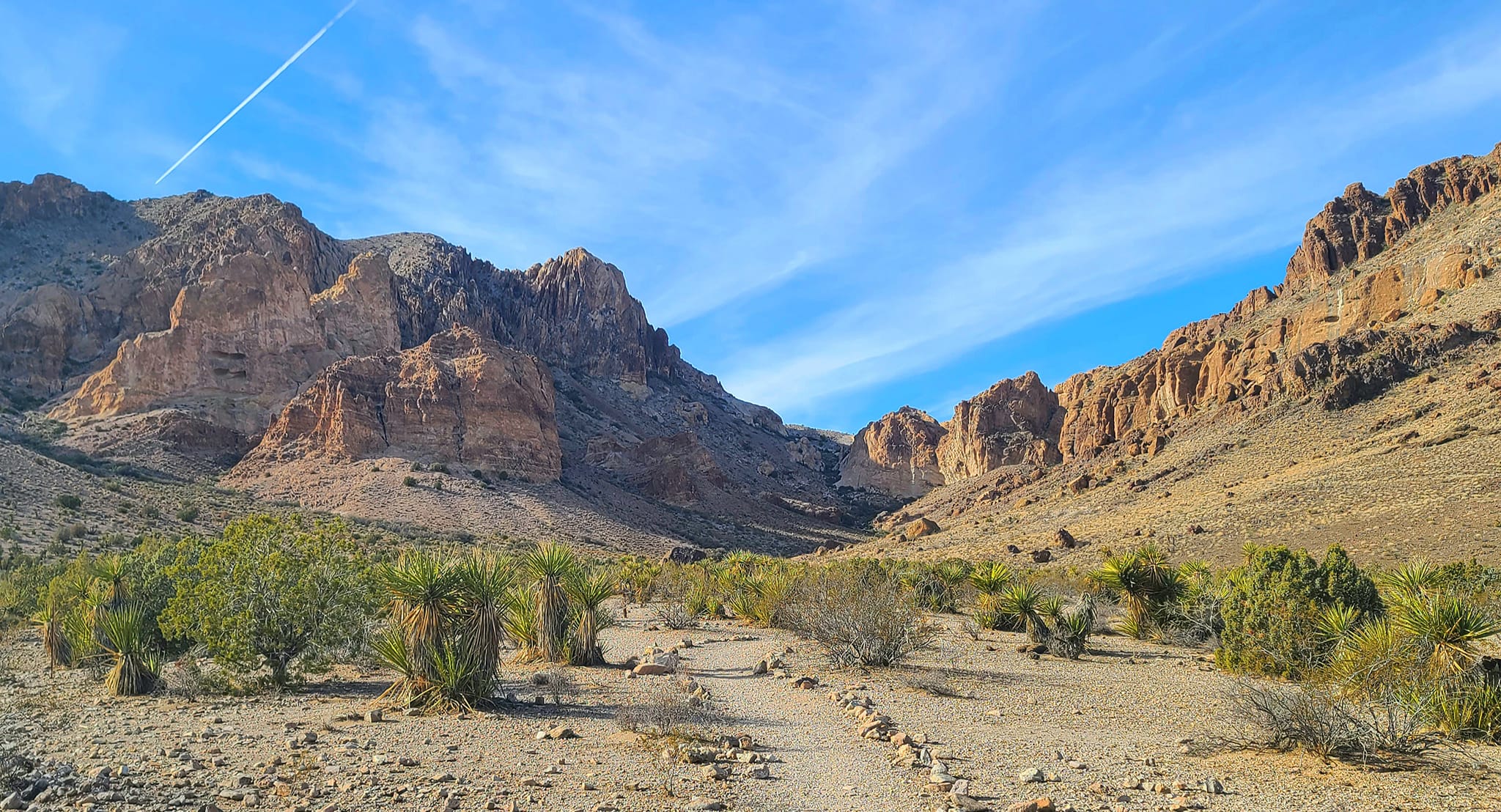
So, pack up your gear, hit the road and explore the beauty of this great nation!
Here are some photos showing some magnificent destinations you can enjoy while out boondocking in your RV, tent or camper van.
The Million Dollar Highway in Colorado…
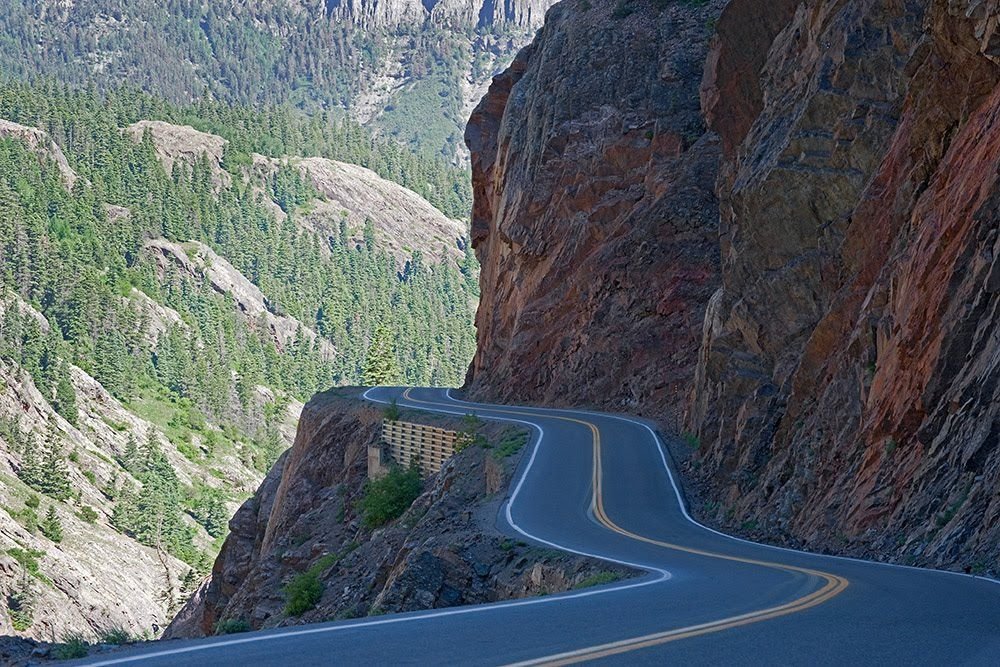
The Grand Tetons in Wyoming…
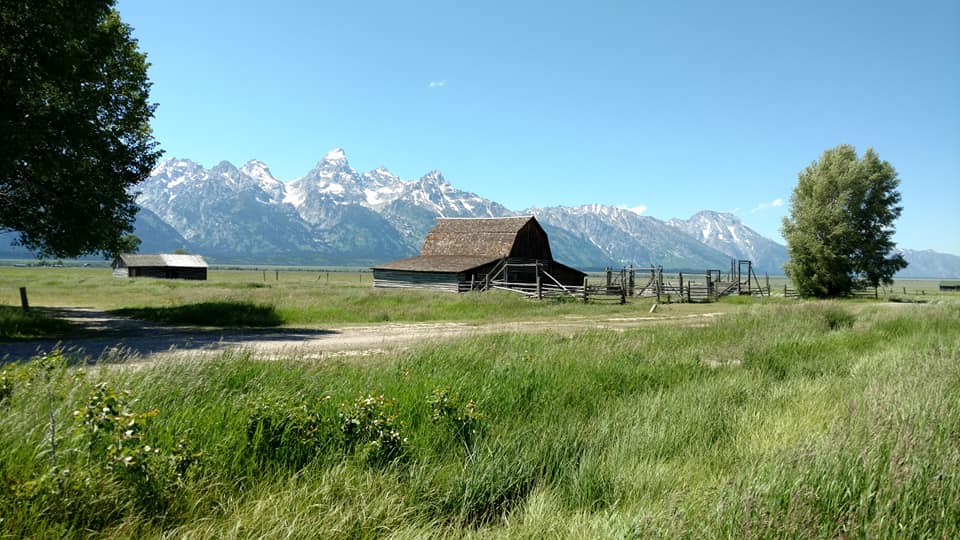
Kaibab National Forest Near the Grand Canyon in Arizona…
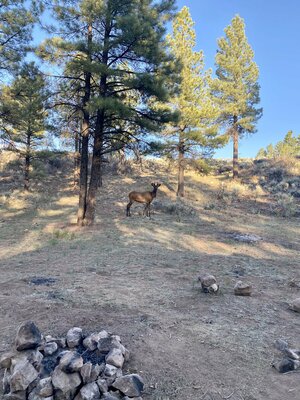
How About a Stroll in The White Sands National Park in New Mexico. Note the Lady is up to Her Knees in The Sand…
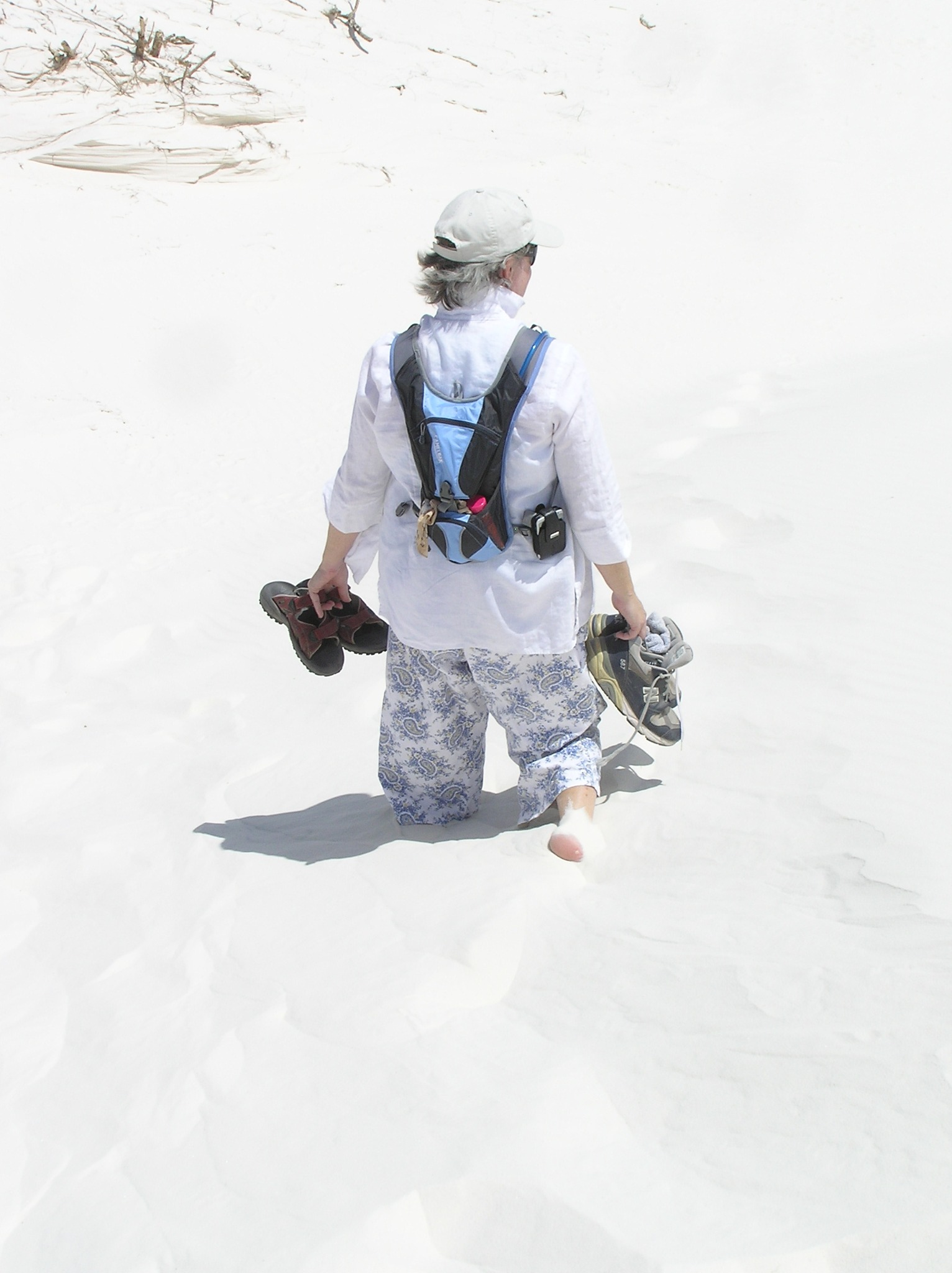
How About Some Boondocking on the Beach in Texas…
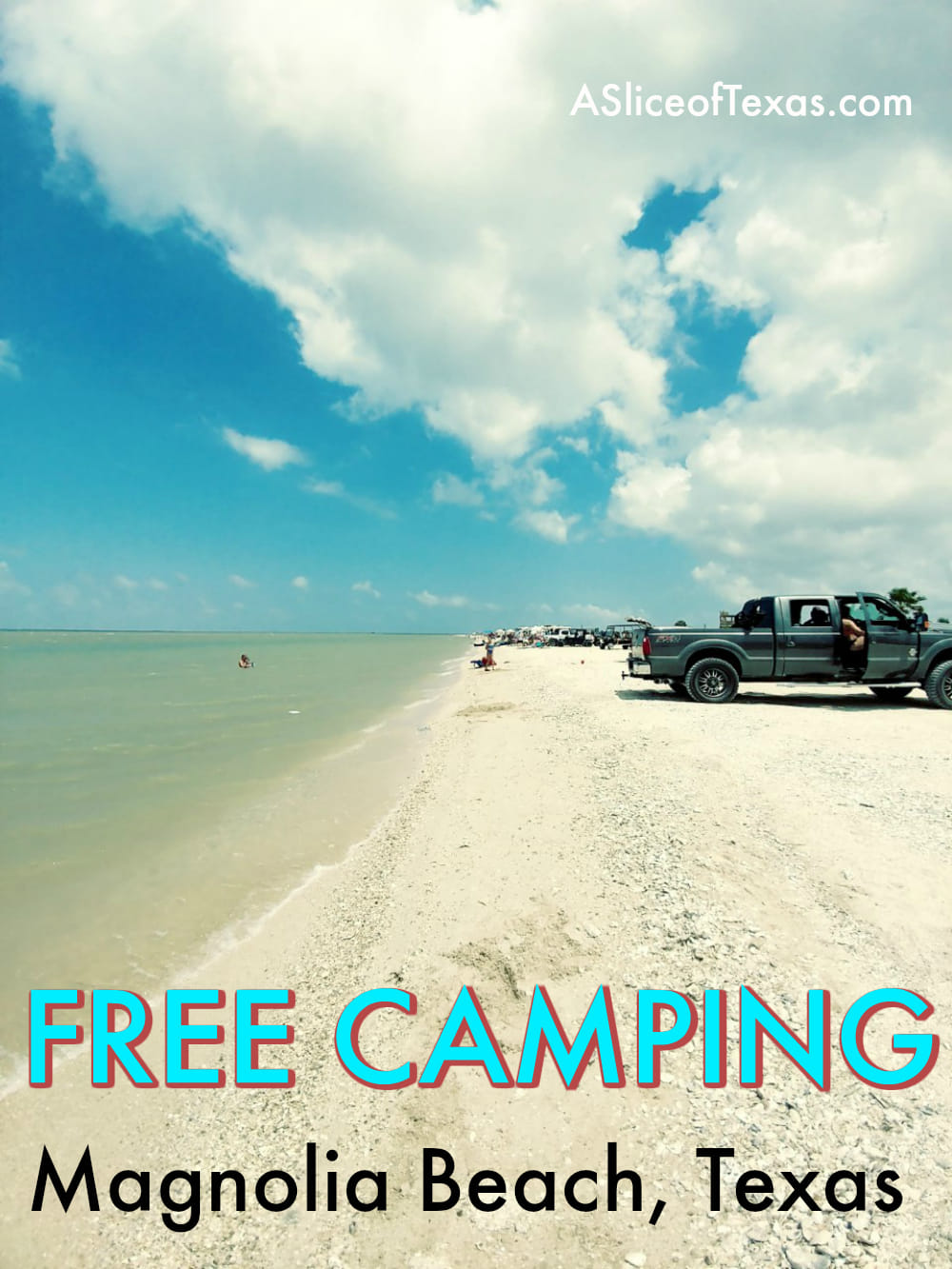
And… The Most Visited of Our National Parks in This Great Nation, Smoky Mountains National Park in Tennessee…
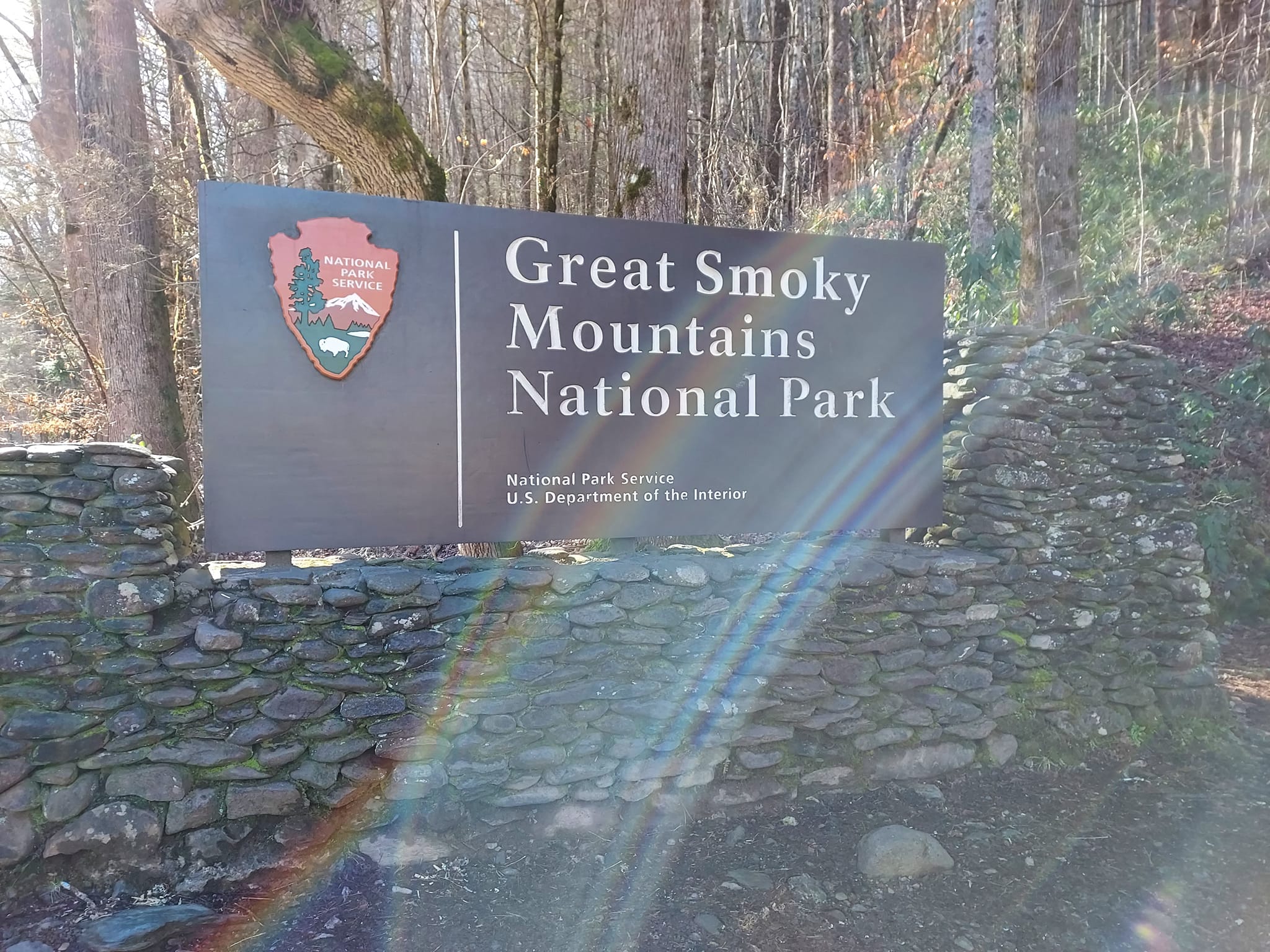
In conclusion, camping off-grid in the desert or one of our many State or National Parks can be an amazing adventure but it’s important to be prepared and familiar with the area and its rules and regulations. By being properly prepared, you can safely and sustainably enjoy the beauty and serenity of boondocking.
“If you liked this article, please follow me. I’ll be bringing you more good quality content in the weeks to come.”
Until next time…
“Enjoy The Pleasure of Getting Lost”

